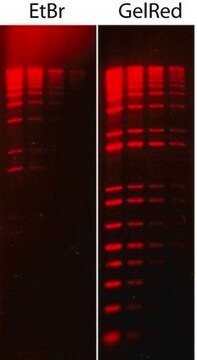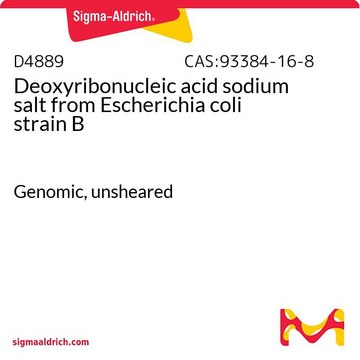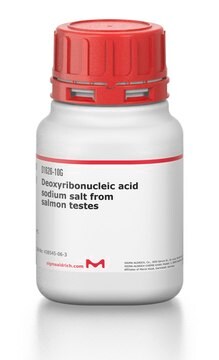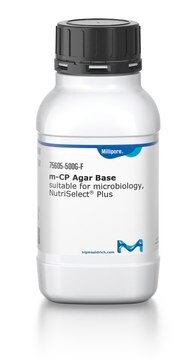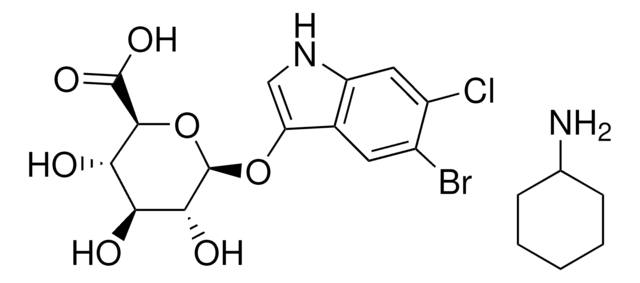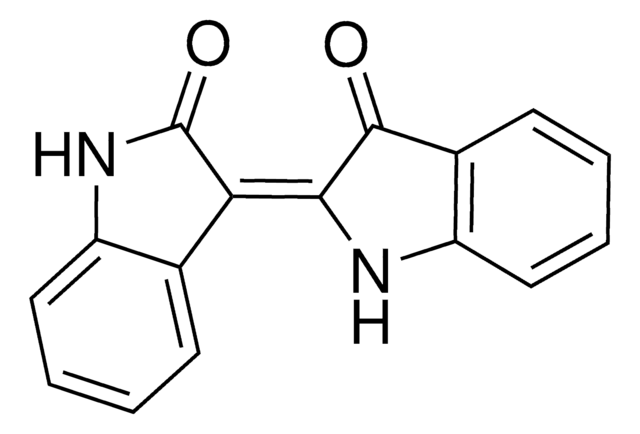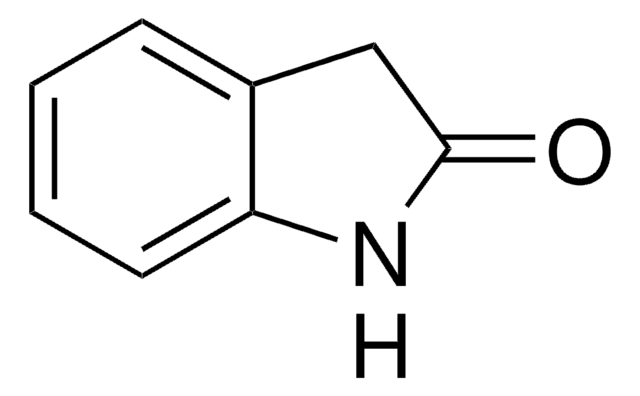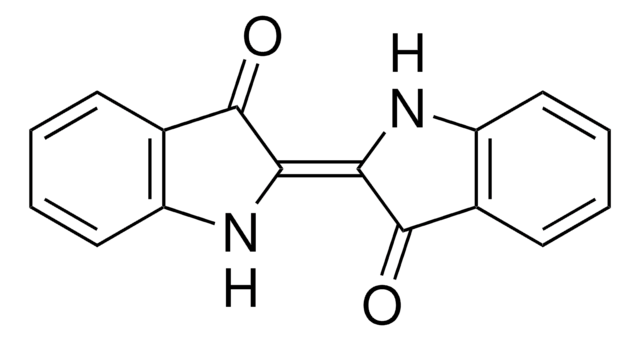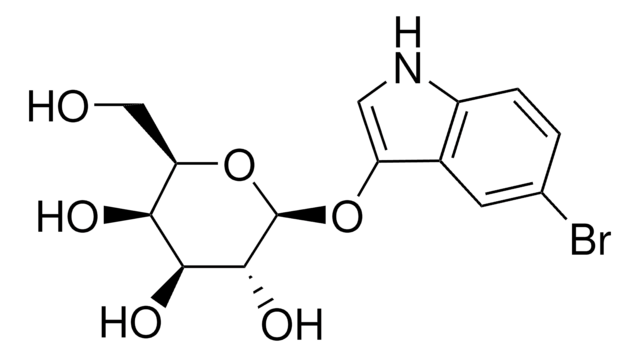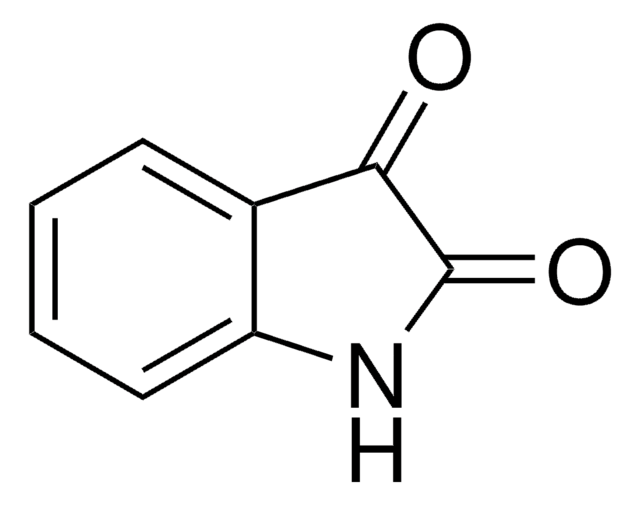I3750
Indoxyl β-D-glucoside
≥97%
Synonym(s):
3-(β-D-Glucosido)indole, Plant indican
Sign Into View Organizational & Contract Pricing
All Photos(5)
About This Item
Empirical Formula (Hill Notation):
C14H17NO6
CAS Number:
Molecular Weight:
295.29
MDL number:
UNSPSC Code:
12352201
PubChem Substance ID:
NACRES:
NA.21
Recommended Products
Assay
≥97%
form
powder
storage temp.
−20°C
SMILES string
OC[C@H]1O[C@@H](Oc2c[nH]c3ccccc23)[C@H](O)[C@@H](O)[C@@H]1O
InChI
1S/C14H17NO6/c16-6-10-11(17)12(18)13(19)14(21-10)20-9-5-15-8-4-2-1-3-7(8)9/h1-5,10-19H,6H2/t10-,11-,12+,13-,14-/m1/s1
InChI key
XVARCVCWNFACQC-RKQHYHRCSA-N
Looking for similar products? Visit Product Comparison Guide
Application
Indoxyl β-D-glucoside can be used as a precursor to synthesize indigo dye through hydrolysis and oxidation.
Storage Class Code
11 - Combustible Solids
WGK
WGK 3
Flash Point(F)
Not applicable
Flash Point(C)
Not applicable
Personal Protective Equipment
dust mask type N95 (US), Eyeshields, Gloves
Choose from one of the most recent versions:
Already Own This Product?
Find documentation for the products that you have recently purchased in the Document Library.
Customers Also Viewed
Bradd J Haley et al.
Applied and environmental microbiology, 75(5), 1248-1255 (2009-01-07)
Salmonella outbreaks from contaminated water and nonanimal foods (e.g., produce) are increasingly reported. To address the environment as a potential source of pathogenic Salmonella, we investigated levels of salmonellae and the geographic and temporal variation of Salmonella serotypes from surface
Hyojin Kim et al.
Proceedings of the National Academy of Sciences of the United States of America, 116(15), 7214-7219 (2019-03-30)
Controlling gene expression with sophisticated logic gates has been and remains one of the central aims of synthetic biology. However, conventional implementations of biocomputers use central processing units (CPUs) assembled from multiple protein-based gene switches, limiting the programming flexibility and
A N Ley et al.
Canadian journal of microbiology, 34(5), 690-693 (1988-05-01)
About 97% of Escherichia coli strains produce beta-glucuronidase, but almost all other Enterobacteriaceae lack this enzyme. A D-glucopyranosiduronic acid (glucuronide) possessing a readily detectable beta-linked aglycone should, therefore, constitute a specific reagent for the detection of this organism. For this
[Determination of indican in Polygonum tinctorium ait. in various growth periods].
H J Wang et al.
Zhong yao tong bao (Beijing, China : 1981), 13(11), 11-13 (1988-11-01)
Thierry Maugard et al.
Biotechnology progress, 18(5), 1104-1108 (2002-10-05)
In this article, a HPLC method to identify and quantify the dyes and the indigo precursors produced in Polygonum tinctorium is described. Using this technique, indican has been positively identified in extracts of P. tinctorium. Our work with two cultivars
Articles
probiotics-and-human
Our team of scientists has experience in all areas of research including Life Science, Material Science, Chemical Synthesis, Chromatography, Analytical and many others.
Contact Technical Service
